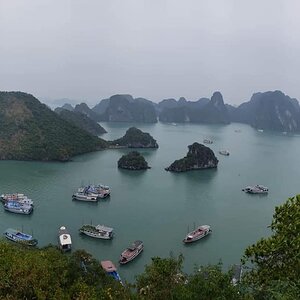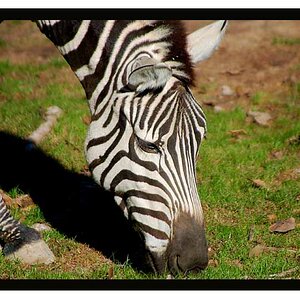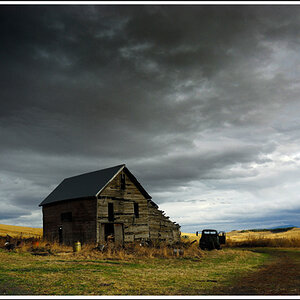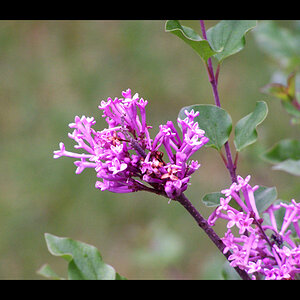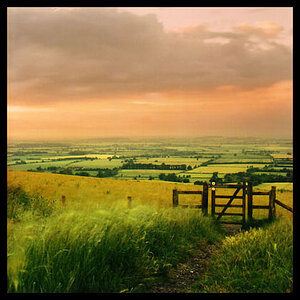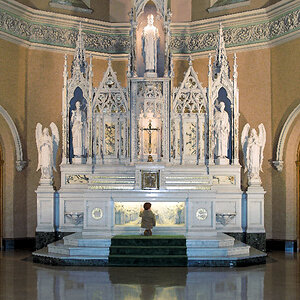daved31415
TPF Noob!
- Joined
- Mar 20, 2015
- Messages
- 4
- Reaction score
- 2
- Can others edit my Photos
- Photos NOT OK to edit
I have been reading about Doc Edgerton and Eadward Muybridge's pioneering in high speed photograph techniques. I started with the Wikipedia articles, moved on to "milk drop coronet" and surfed around from there.
I am wondering if there is a technique which would involve taking photographs of separate events. For instance, in the case of a sequence of photographs showing a fluid drop, if each photograph was taken of a different drop and then those photographs were used to create a sequence which shows what a drop looks like. What would that photographic technique be called?
Thanks.
I am wondering if there is a technique which would involve taking photographs of separate events. For instance, in the case of a sequence of photographs showing a fluid drop, if each photograph was taken of a different drop and then those photographs were used to create a sequence which shows what a drop looks like. What would that photographic technique be called?
Thanks.


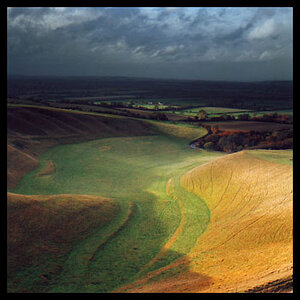
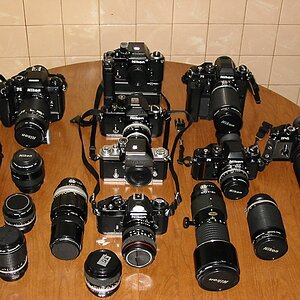
![[No title]](/data/xfmg/thumbnail/38/38262-10a9668da9a2b36a92cddde57caf87bc.jpg?1619738547)
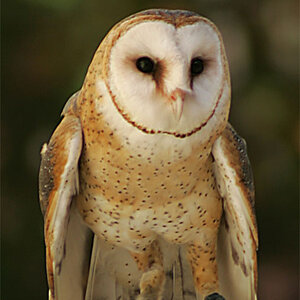
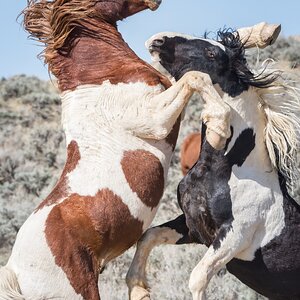
![[No title]](/data/xfmg/thumbnail/30/30858-42113a4c092a5983afa30e5c35cce4d0.jpg?1619734478)
